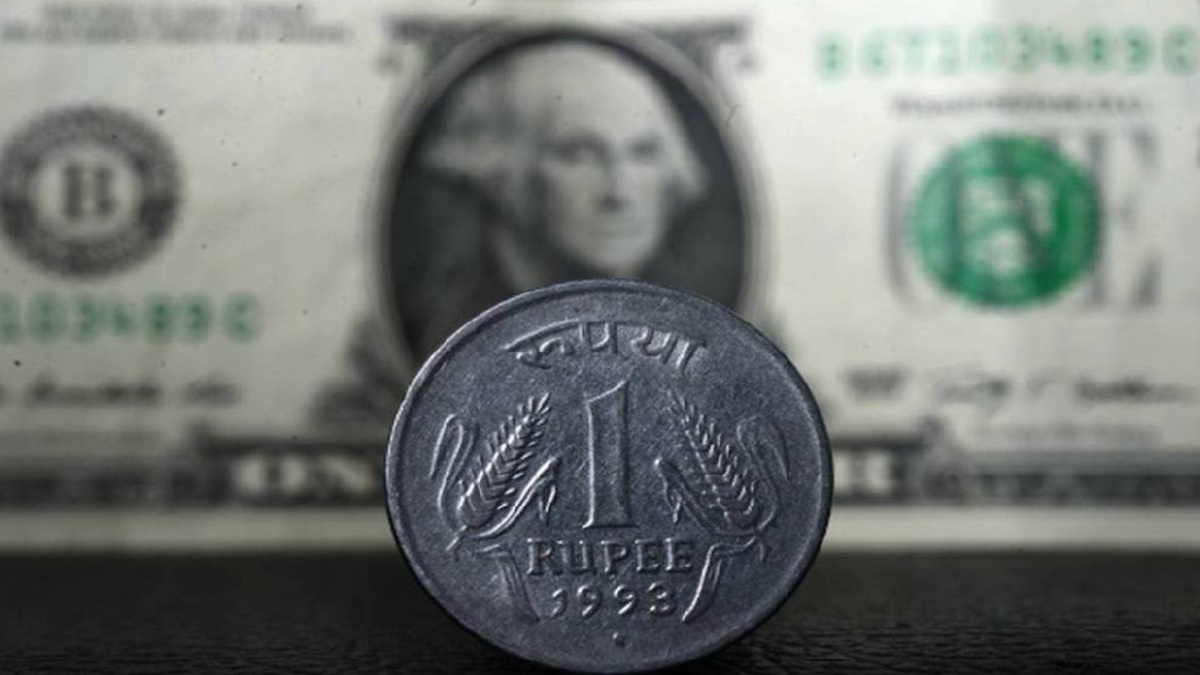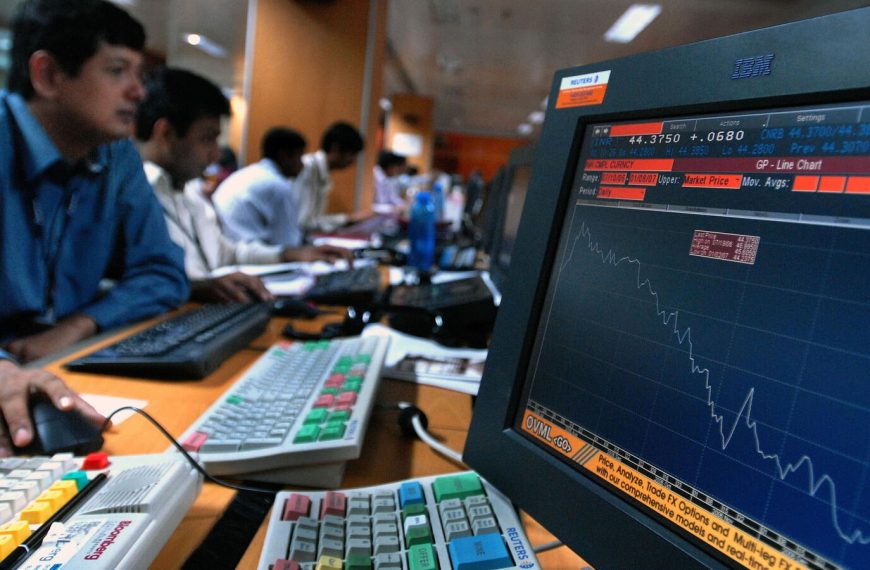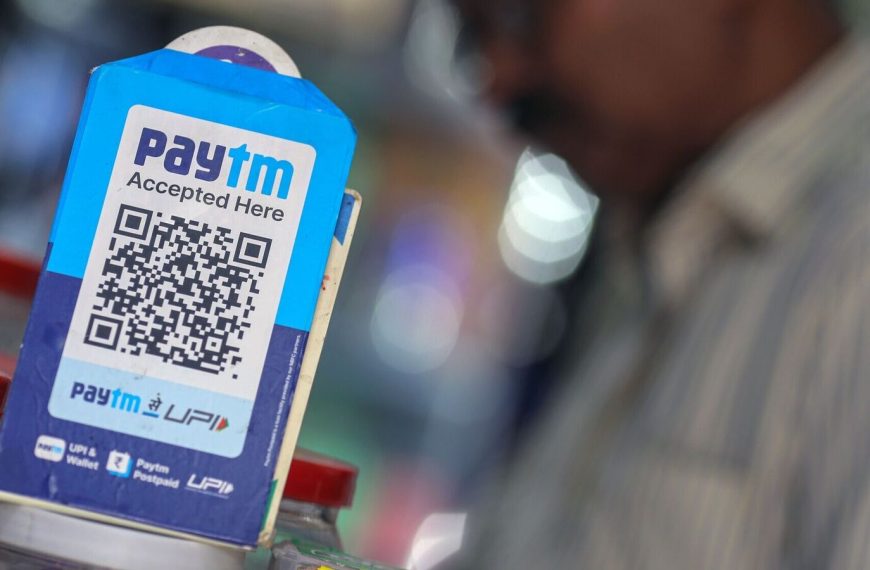On Monday, the Indian rupee appreciated by 31 paise, or 0.37%, reaching 84.2475 against the US dollar. This rise was primarily fueled by a significant drop in crude oil prices, with Brent crude plummeting by as much as 4.55% to $58.5. The decline came after OPEC+ announced a decision to increase oil production, raising concerns about oversupply amid fluctuating demand.
Factors Behind the Rupee’s Strength
The rupee’s strength followed a turbulent trading session last Friday, when it hit a seven-month peak, surpassing the 84 mark but eventually closing 3 paise lower at 84.57. Dilip Parmar, a research analyst from HDFC Securities, noted that the rupee’s performance was bolstered by ongoing foreign investment in Indian equities and a revived interest in riskier assets. He emphasized that the softening of the US dollar, coupled with lower crude prices, positively impacted market sentiment toward both the rupee and Indian bonds.
Volatility and Market Sentiment
Friday’s trading was marked by volatility, demonstrating the currency’s susceptibility to market dynamics. Kanika Pasricha, Chief Economic Adviser at Union Bank of India, pointed out that the decline in Brent crude oil prices provided a much-needed psychological boost to the rupee. She mentioned that while they maintain a "buy on dips" strategy for the dollar-rupee pair, the sentiment surrounding the domestic currency has become increasingly positive.
- Dollar Index Performance: The dollar index, which reflects the greenback’s performance against six major currencies, was down 0.26%, trading at 99.76.
Future Projections
Looking ahead, SBI Research projected that the USD/INR exchange rate would stabilize within the range of 85-87 by 2025. They anticipate that the domestic effects of tariffs on the dollar will become more pronounced, likely lending further support to the rupee.
Additionally, dollar-rupee forward premiums saw a decline, with the one-year implied yield falling 9 basis points to 2.18%. Traders noted that diminished expectations for a Federal Reserve rate cut in June, alongside the rupee’s recent gains, have contributed to the reduced far-forward premiums.
Positive Inflows and RBI Actions
Over the last month, the rupee appreciated approximately 2%, driven by increased portfolio inflows and a reduction in bearish positions. Amit Pabari, Managing Director of CR Forex Advisors, highlighted the Reserve Bank of India’s (RBI) proactive measures, including a substantial Rs 1.25 lakh crore in bond purchases planned for May to manage liquidity.
Meanwhile, foreign exchange reserves climbed to $688.13 billion for the week ending April 25, largely due to rising foreign currency assets. However, Pabari cautioned that the rupee’s appreciation might be constrained by ongoing RBI interventions.
In summary, the Indian rupee’s recent performance reflects a combination of external market pressures and domestic monetary policies, positioning it favorably in the face of global economic uncertainties.











